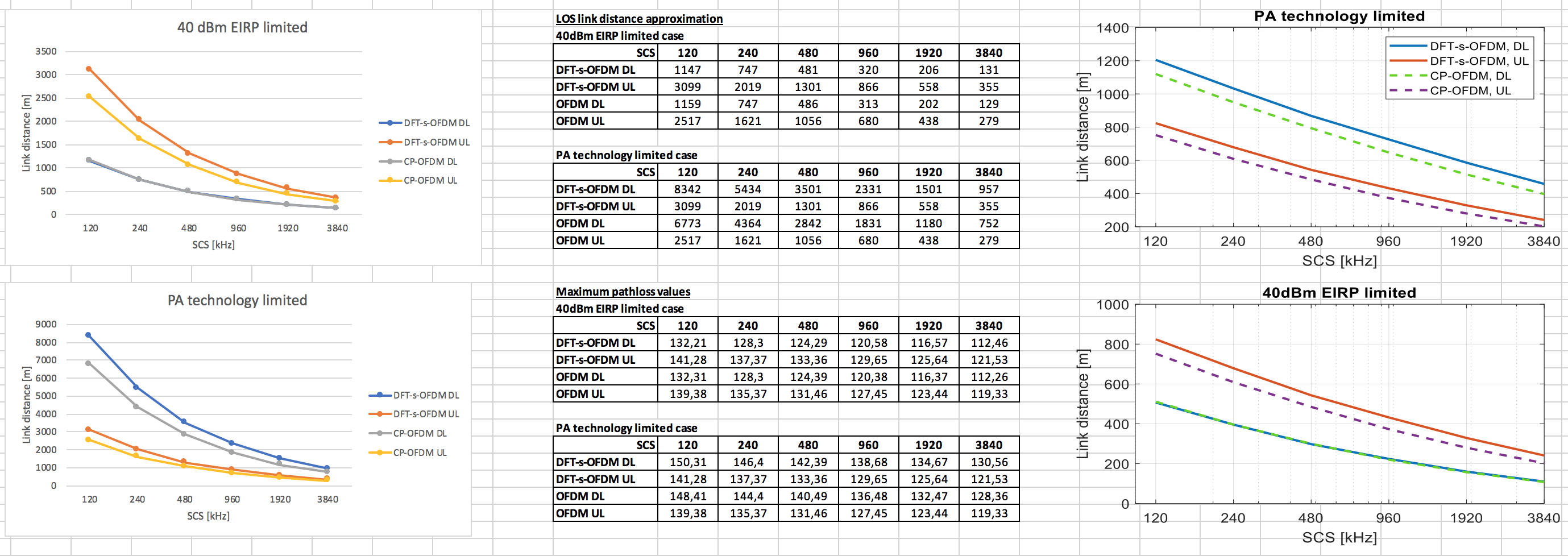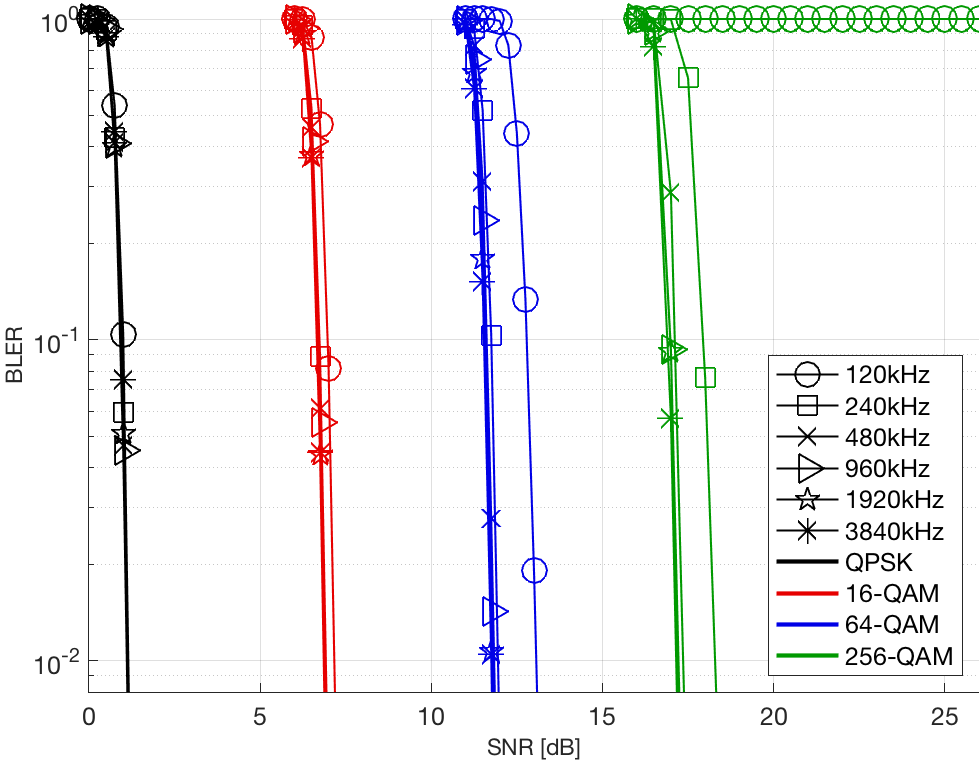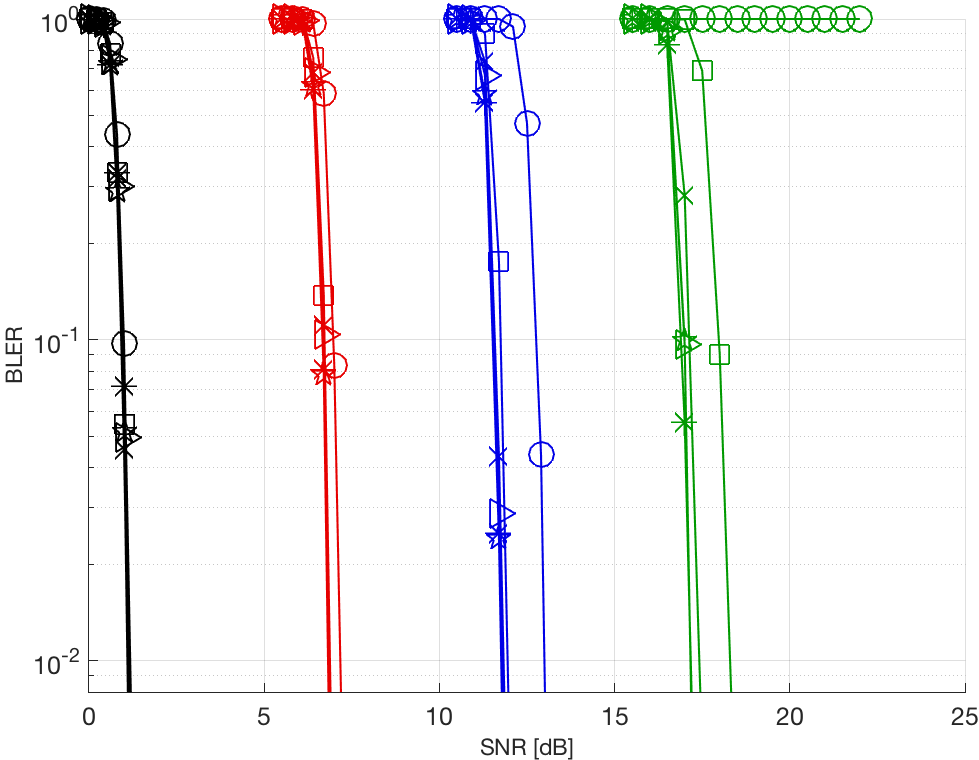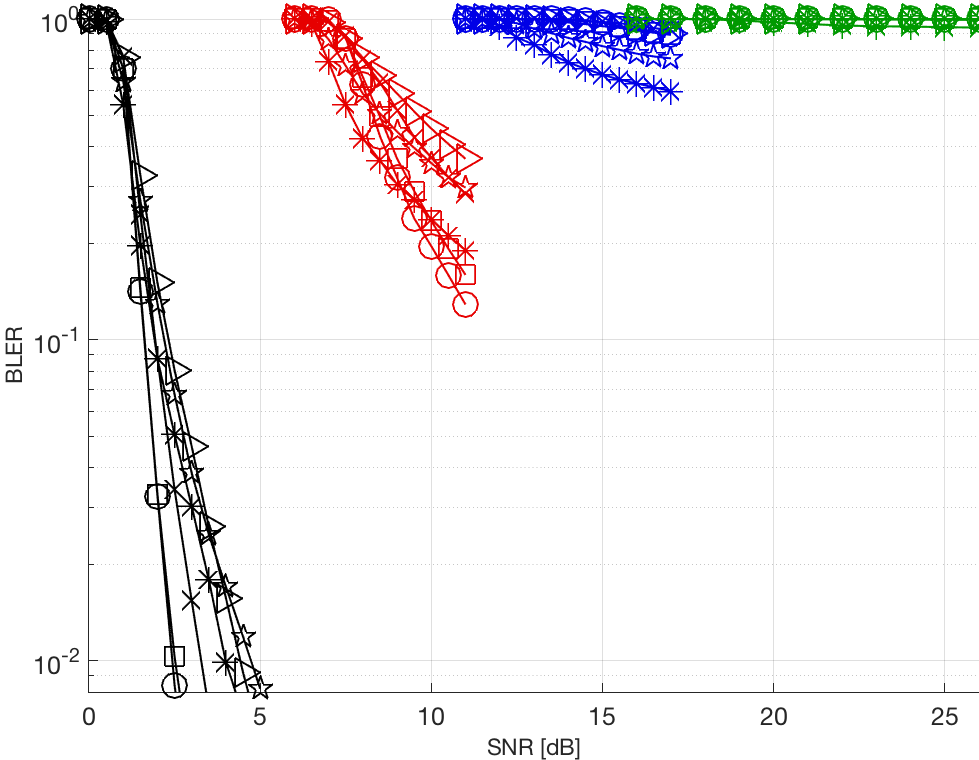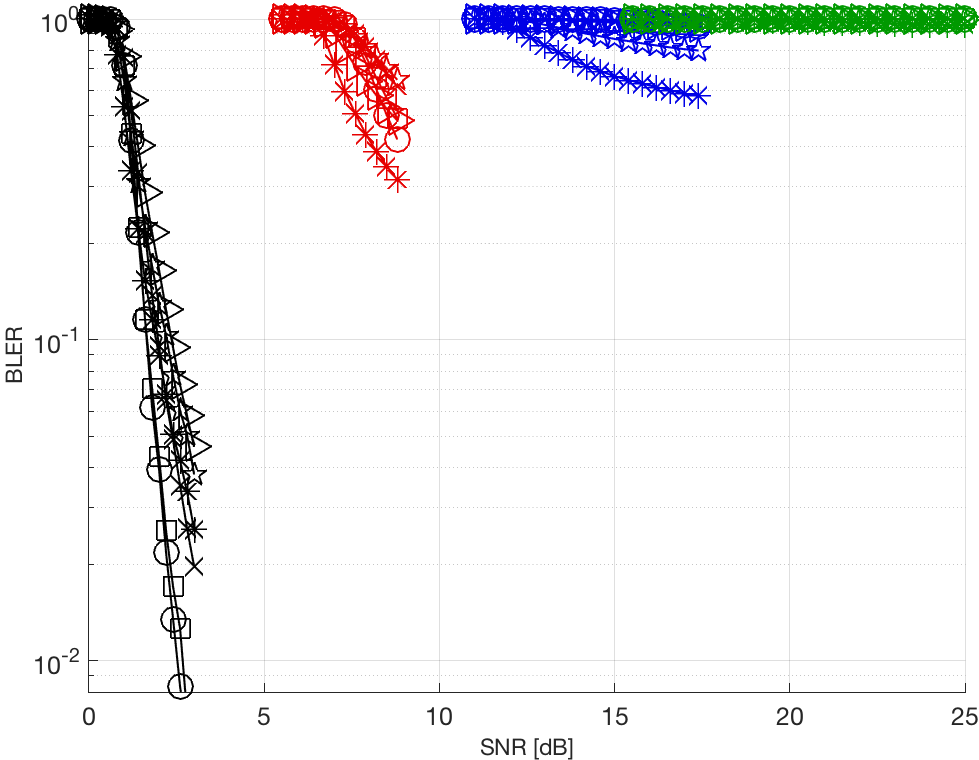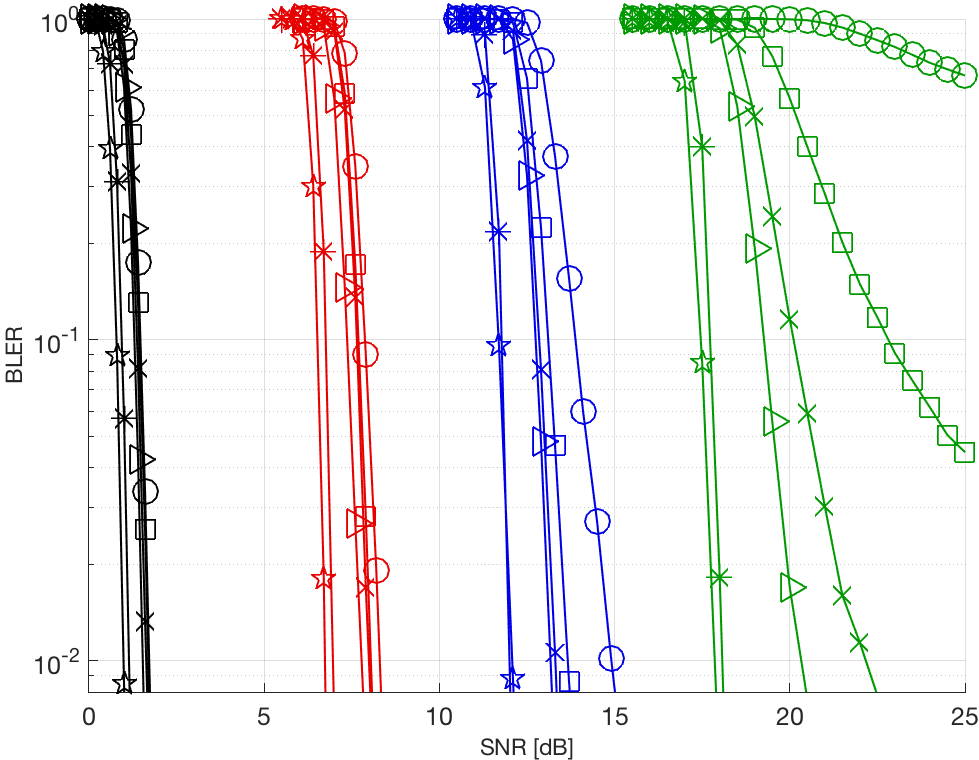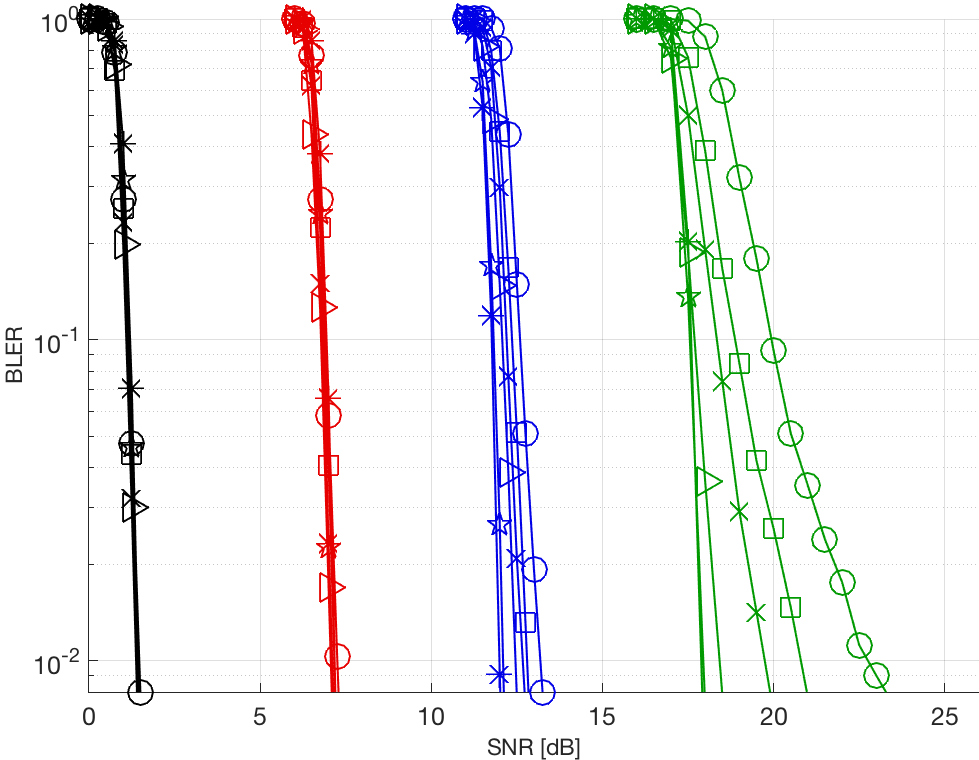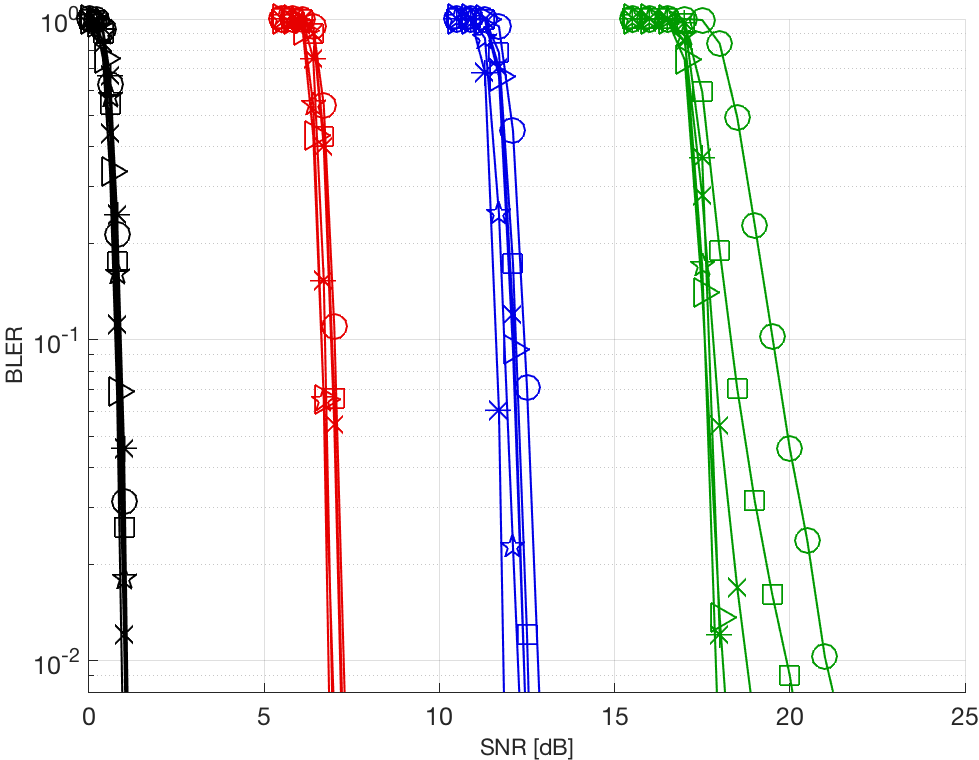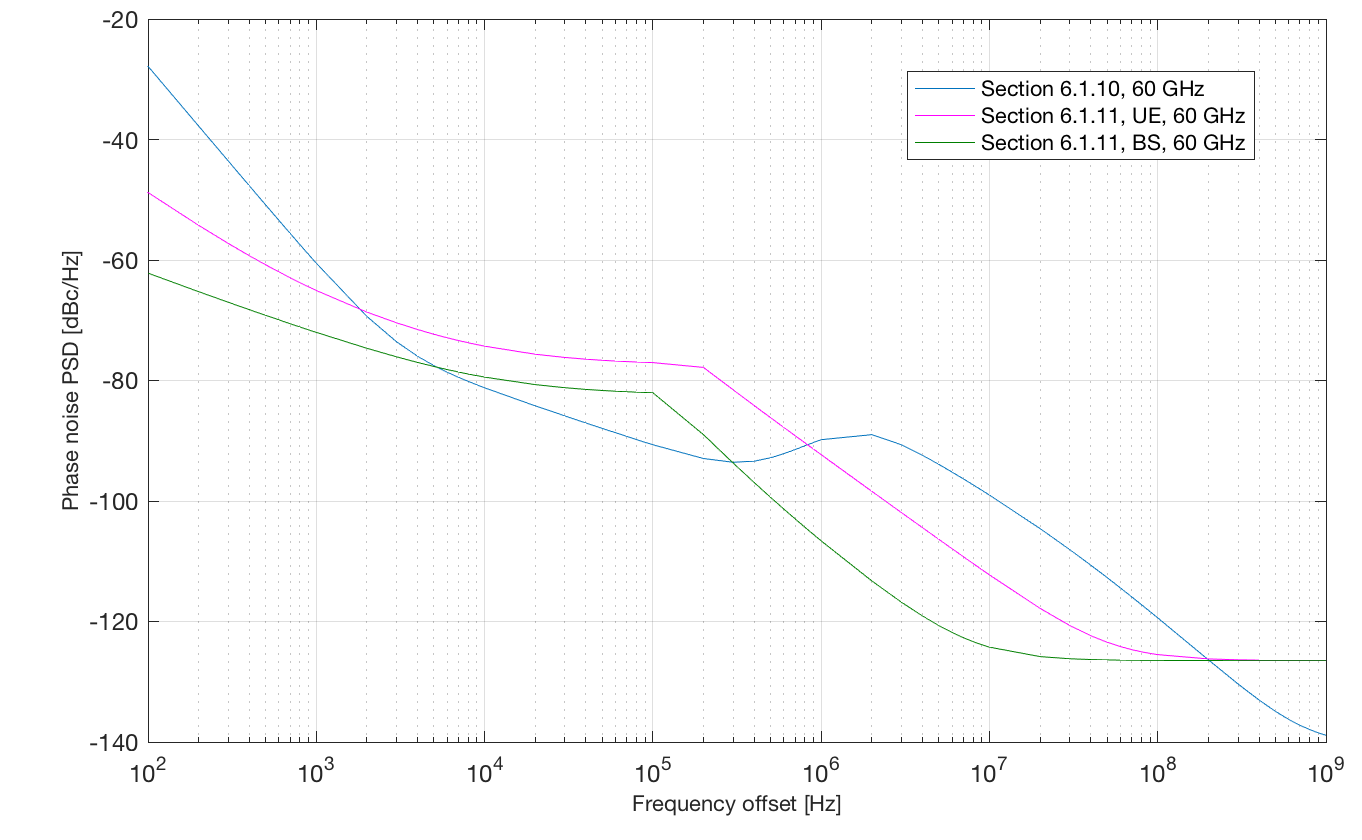Toni Levanen*, Oskari Tervo†, Kari Pajukoski†, Markku Renfors*, and Mikko Valkama*
* Department of Electrical Engineering, Tampere University, Finland
† Nokia Bell Labs, Oulu, Finland
In this article, the first considerations for the 5G New Radio (NR) physical layer evolution to support beyond 52.6 GHz communications are provided. In addition, the performance of both OFDM based and DFT-s-OFDM based networks are evaluated with special emphasis on the phase noise (PN) induced distortion. It is shown that DFT-s-OFDM is more robust against PN under 5G NR Release 15 assumptions, namely regarding the supported phase tracking reference signal (PTRS) designs, since it enables more effective PN mitigation directly in the time domain. To further improve the PN compensation capabilities, the PTRS design for DFT-s-OFDM is revised, while for the OFDM waveform a novel block PTRS structure is introduced, providing similar link performance as DFT-s-OFDM with enhanced PTRS design. We demonstrate that the existing 5G NR Release 15 solutions can be extended to support efficient mobile communications at 60 GHz carrier frequency with the enhanced PTRS structures. In addition, DFT-s-OFDM based downlink for user data could be considered for beyond 52.6 GHz communications to further improve system power efficiency and performance with higher order modulation and coding schemes. Finally, network link budget and cell size considerations are provided, showing that at certain bands with specific transmit power regulation, the cell size can eventually be downlink limited.
Accepted for publication in IEEE Wireless Communications Magazine
Beyond 50GHz Link Budget Tool
The Beyond50GHzLinkBudgetTool provides the reader an example evaluation of the achievable radio link distances based on 3GPP Urban Micro Line-of-Sight and Non-Line-of-Sight pathloss models defined in TS 38.901, Table 7.4.1-1 (link to 3GPP TS38.901)
Load Beyond50GHzLinkBudgetTool.xls
A screen capture of the provided Beyond50GHzLinkBudgetTool
Supplementary BLER Graphics
Supplementary BLER graphics can be either seen below or downloaded as a single PDF-file from the link below.
Graphics in a single PDF-file: BLER-curves-60GHz
a)
b)
c)
d)
FIGURE: Radio link performance without PTRS for a) OFDM and b) DFT-s-OFDM without PN interference, and for c) OFDM and d) DFT-s-OFDM with PN interference. The carrier frequency is 60 GHz and the BS and UE PN models defined in 3GPP TR38.803 (Section 6.1.11) are used in the Tx and Rx, respectively.
a)
b)
c)
d)
FIGURE: Radio link performance with PN for a) OFDM and b) DFT-s-OFDM using Rel-15 compliant PTRS and for c) OFDM and d) DFT-s-OFDM using enhanced PTRS structures. The carrier frequency is 60 GHz and the BS and UE PN models defined in 3GPP TR38.803 (Section 6.1.11) are used in the Tx and Rx, respectively.
FIGURE: PSD responses for different 3GPP PN models from TR38.803 at 60 GHz carrier frequency. Model in Section 6.1.10 is based on a generic PLL research prototype while those in Section 6.1.11 are more clearly differentiating between UE and BS type hardware and semiconductor technologies.

